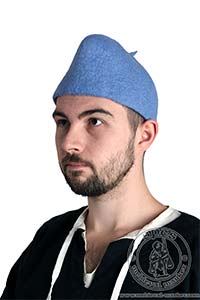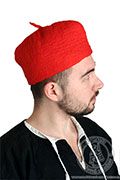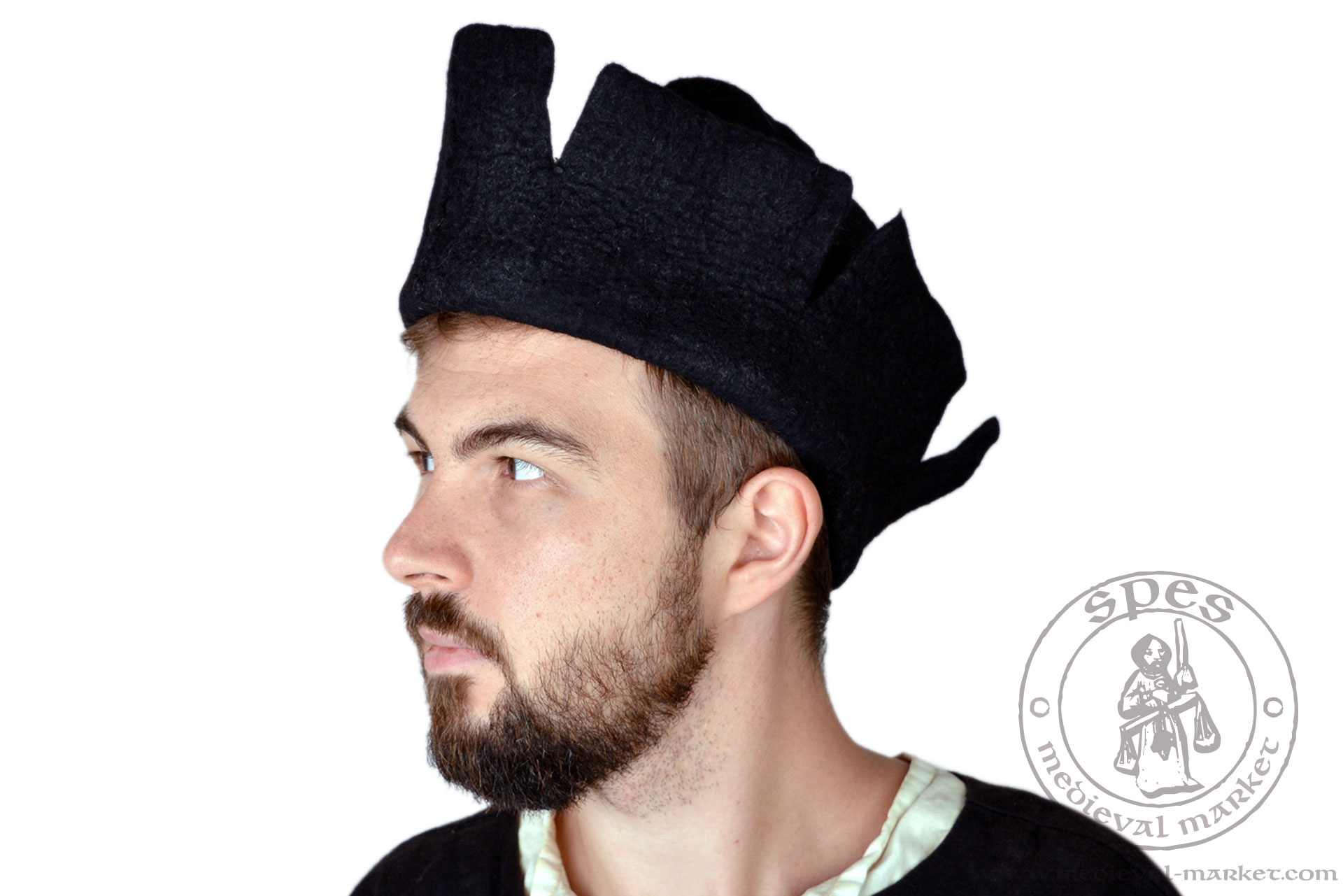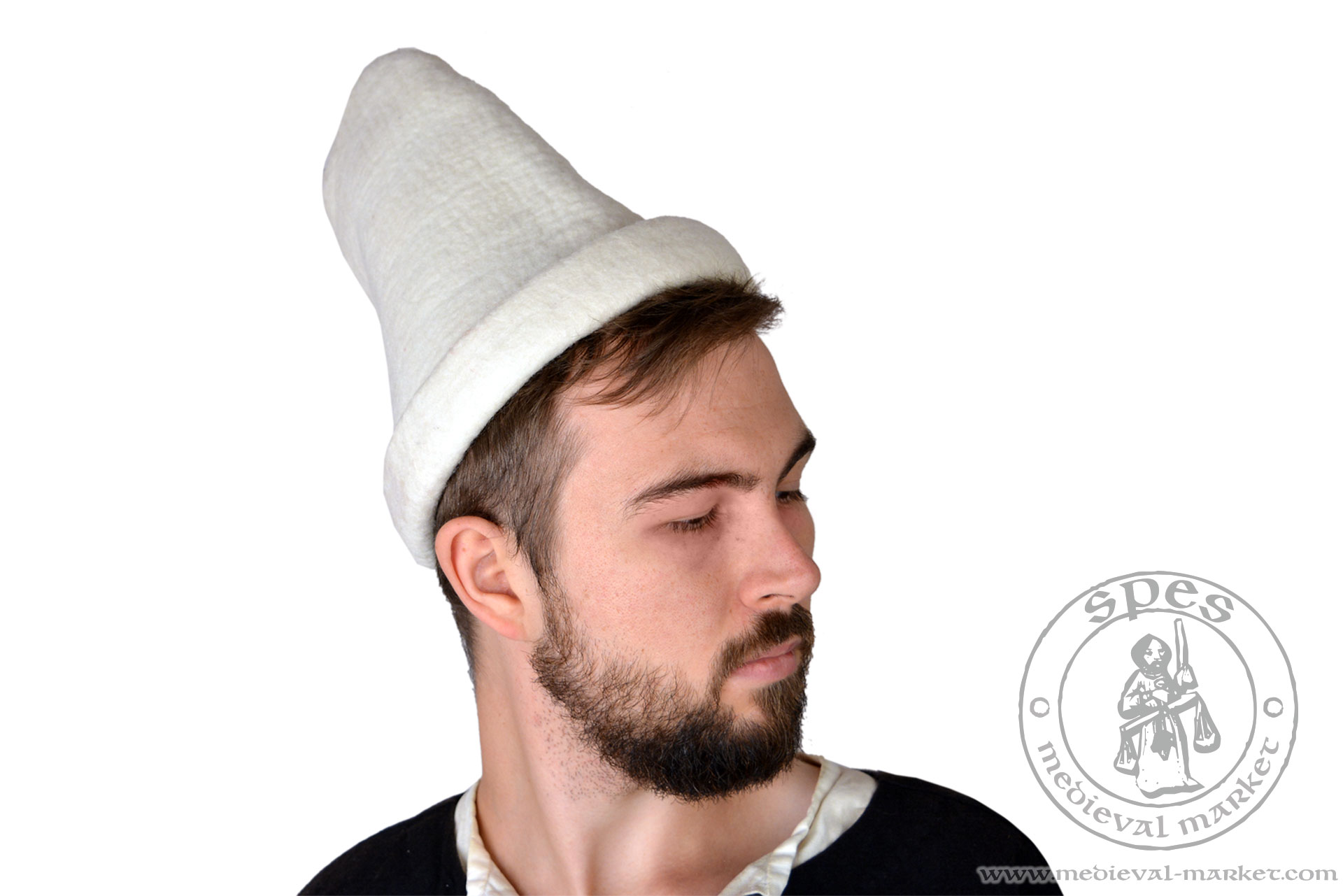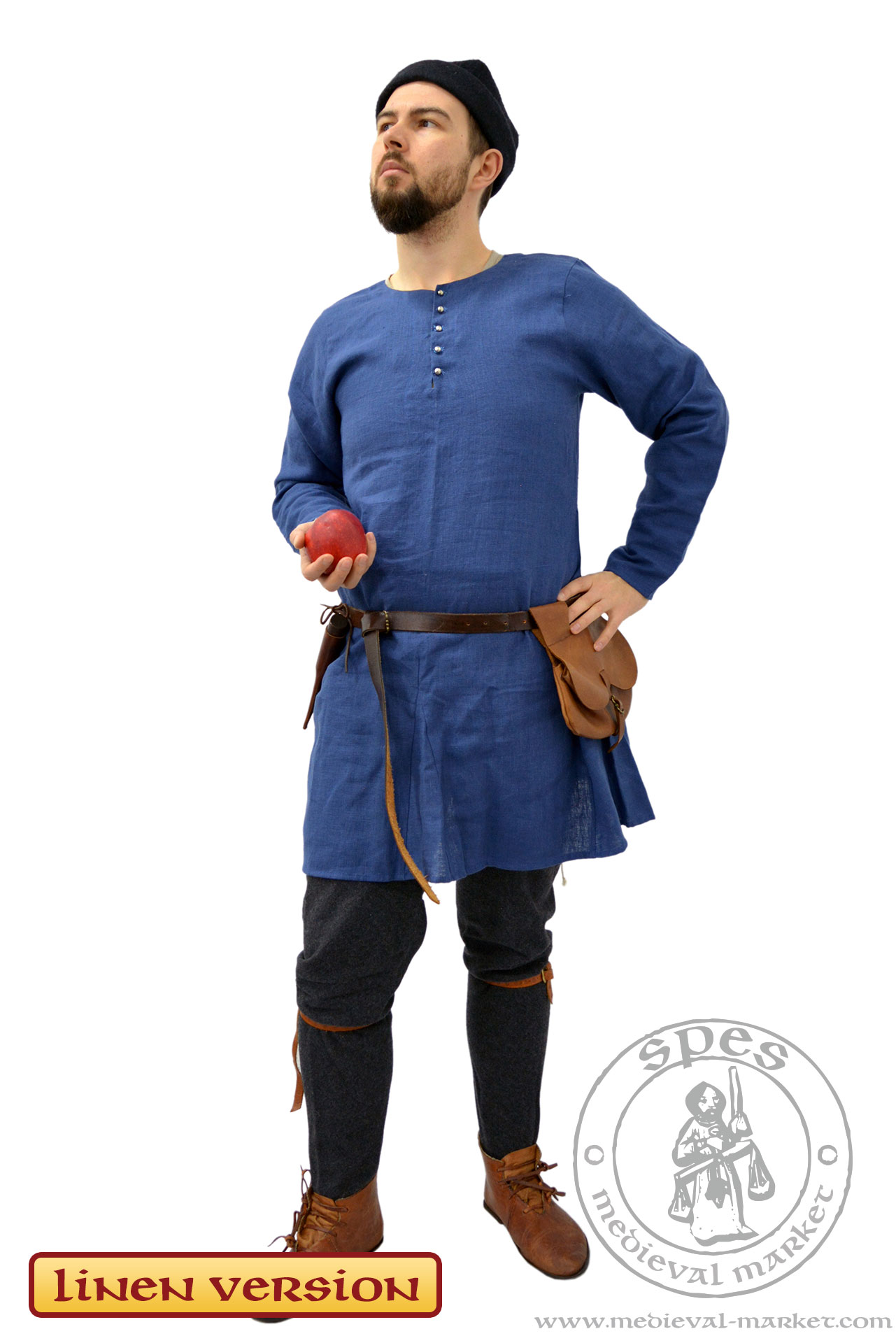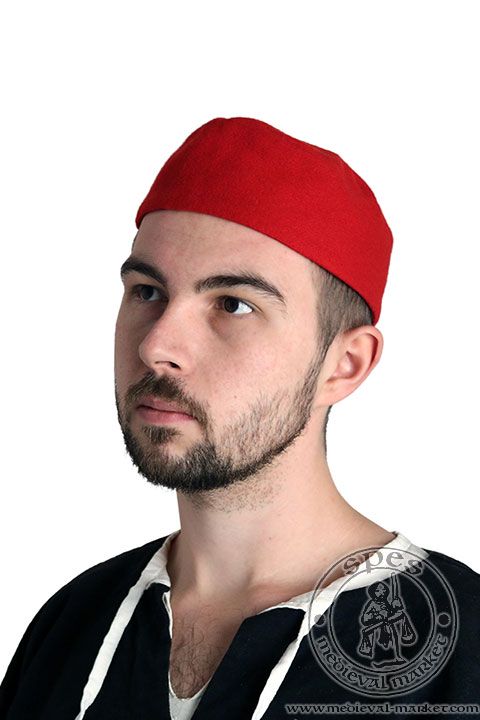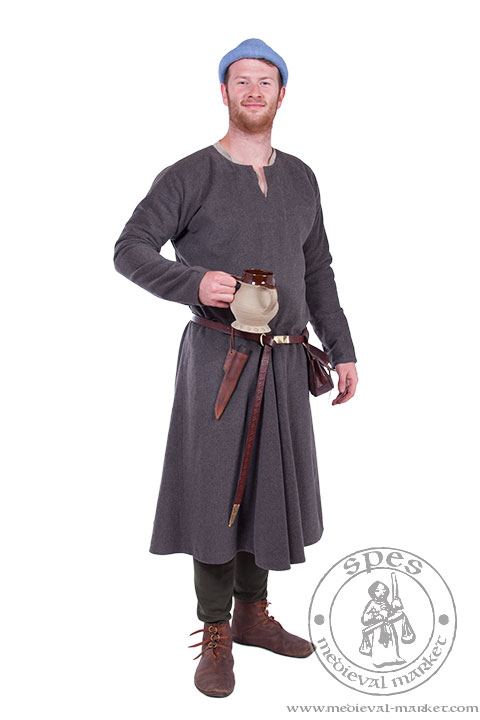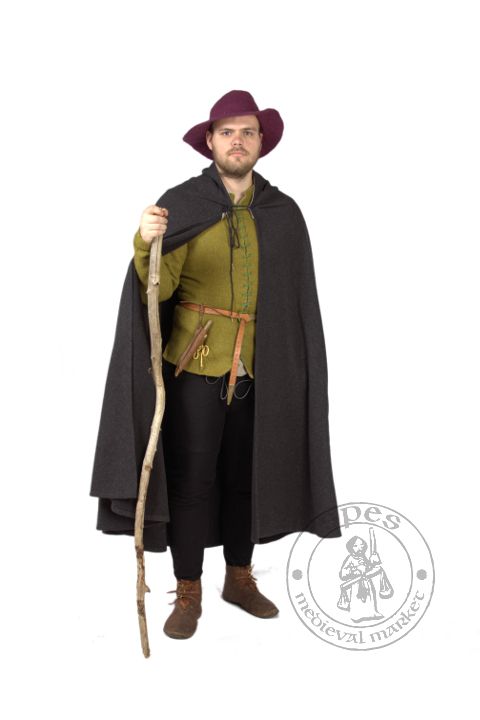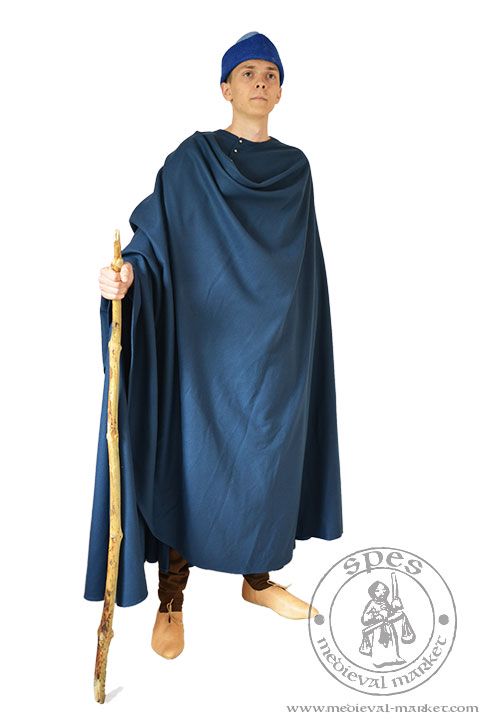This website uses cookies according to the Privacy Policy. By continuing to use the site you are agreeing to our use of cookies.
If you wish to adjust your cookie preferences for this website, you can do so using your browser settings.
If you wish to adjust your cookie preferences for this website, you can do so using your browser settings.



×
Automatic translation may cause errors - if you have encountered difficulties in placing an order, turn off these options in your browser.
Category: Male clothing > medieval headwear
Medieval felt hat Heidelberg
Medieval felt hat Heidelberg
Century: XV| CODE | Material |
Standard
|
Price | |
| GFR0696 | Felt | Hand-made | 45.00 EUR |
|
Lowest price in the last 30 days
See how to place an order for several people
A medieval felt hat Heidelberg is a perfect combination of unique design with protection against wind and cold. This type of medieval headwear will work fine during any house duties and outdoors activities. Basing on historical sources we know that this model was worn mainly by men.
This hat is fully handmade. In this model we have used sheep fleece. A natural material makes this medieval headwear eco-friendly and ecological. Wool ensures high level of hygroscopy - a felt hat can absorb a lot of moisture without the feeling of it being wet. Fleece also ensures a natural thermoregulation.
Our historical hat covers a whole head, not including ears. It is finished at the top centre with a small antenna
We have prepared a whole range of colors, so you could easily get a medieval hat meeting your needs. You can find the colors of available felt here. Please write down a proper code in the comment section.

REMEMBER! to provide us your head (B1) girth. We will make your headwear the FASTEST!
NOTE! As felt hats are handmade, from many types of fleece, colors on pictures can be slightly different than the real ones.
Historical sources on medieval felt hat Heidelberg
An example of this medieval headwear can be found in Buch der Beispiele by Antonius von Pforr. It is a translation of an Indian collection of fairy tales Pańćatantra. Buch der Beispiele comes from the 2nd half of 15th century and it is kept in the university in Heidelberg, Germany. We used this city to name our hat.Felting and fulling - how to make a felt hat?
Fulling is a process of joining natural animal (wool of sheep, animal hair) or plant fibers. This method can give dozens of adornments, accessories, or parts of clothing, characteristic for both former and modern fashion.While making the felt, joined fibers are strengthened by hot water or chemicals, by pressing or rubbing. One can do it manually or with the use of a machine. The process is called fulling or felting.
Among others, there are two methods of felting used in making felt hats:
- full wet method – with the use of water and joining material, like soap
- dry method – with dedicated needle or tracer (cutting wheel), layers of fibers are joined and pressed
In past, a person making felt products was called a fuller.
What is felt used in medieval hats?
Woolen felt is one of the oldest human made textile materials. First marks of felt are dated on 6500 BC and come from area of modern Turkey, where Neolithic wall painting were found. A collection of felt products found in Altai are dated 7th-6th century BC.Felt was used for centuries in making headwear like caps, hats or berets, but also in making footwear. It is an all-purpose material, used not only in clothing. It is used in insulating and soundproofing materials, and as a veneer for keys in keyboards and pianos.
There are legends on the creation of felt fibre. One of them says that it reaches the time of Noah’s Ark where sheep lost their wool on wet floor. It was trampled and later found by surprised Noah in a form of a carpet!
Another story says about Mondolian horse riders who put sheep fur under their saddles. It was rubbed during a journey and later found in a hardened form.
The most interesting story is connected with the patron of fullers – St. Clement. A pope during his pilgrimage in the 1st century scraped his legs. To relieve his feet, he put wool pieces into his sandals. Rubbing and sweat formed it into felt.





 Female Clothing
Female Clothing
 Accessories
Accessories Furniture
Furniture Tents
Tents Armament
Armament HMB Line
HMB Line Miscellaneous
Miscellaneous Rent
Rent In stock
In stock Special Offers
Special Offers Search
Search Your Account
Your Account About us
About us Sizing
Sizing How to buy
How to buy Blog
Blog Links
Links Events
Events
